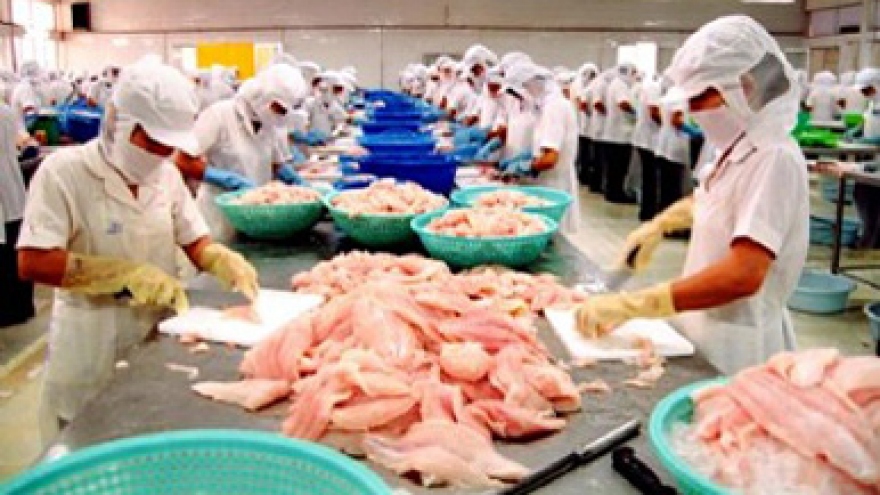Last September, the Government approved amendments to Decree 36/2014/ND-CP on tra fish farming, processing and exporting, and assigned the Ministry of Agriculture and Rural Development to make the revision based on comments of ministries, agencies and those directly impacted by the decree.
In a document issued last September, the Government agreed to consider the replacement of the rule on maximum water content and ice-to-fish ratio with enterprises providing information about product ingredients and quality.
Earlier, the agriculture ministry proposed the Government maintain such a rule, which sets the water content and ice-to-fish ratio at no more than 83% and 10% respectively, but lengthen the road map for implementation.
The deadline for tra fish farming sites to apply and be certified VietGAP standards is also expected to be delayed from December 31, 2015 until December 31, 2016. In addition, the agriculture ministry proposed loosening some export requirements.
That the Government agreed to revise Decree 36 is regarded as a positive move to help enterprises overcome difficulties. However, some said the drafting of a new decree to supplement or replace Decree 36 would not be as simple as thought because the US Farm Bill contains stricter requirements than Decree 36.
A source who wanted to remain anonymous told the Daily that if the tra fish decree is amended, Vietnam would loosen its quality standards while the Farm Bill does otherwise.
As a result, Vietnam should stop revising Decree 36 to avoid trouble and promote the quality of Vietnam’s tra fish, he said.
However, Truong Dinh Hoe, general secretary of the Vietnam Association of Seafood Exporters and Producers (VASEP) said there is no relation between the amendments of the decree and the Farm Bill. Vietnam is still striving to meet requirements of the Farm Bill.
According to Hoe, the agriculture ministry is working to increase the quality of tra fish and request a road map extension to improve the decree.
